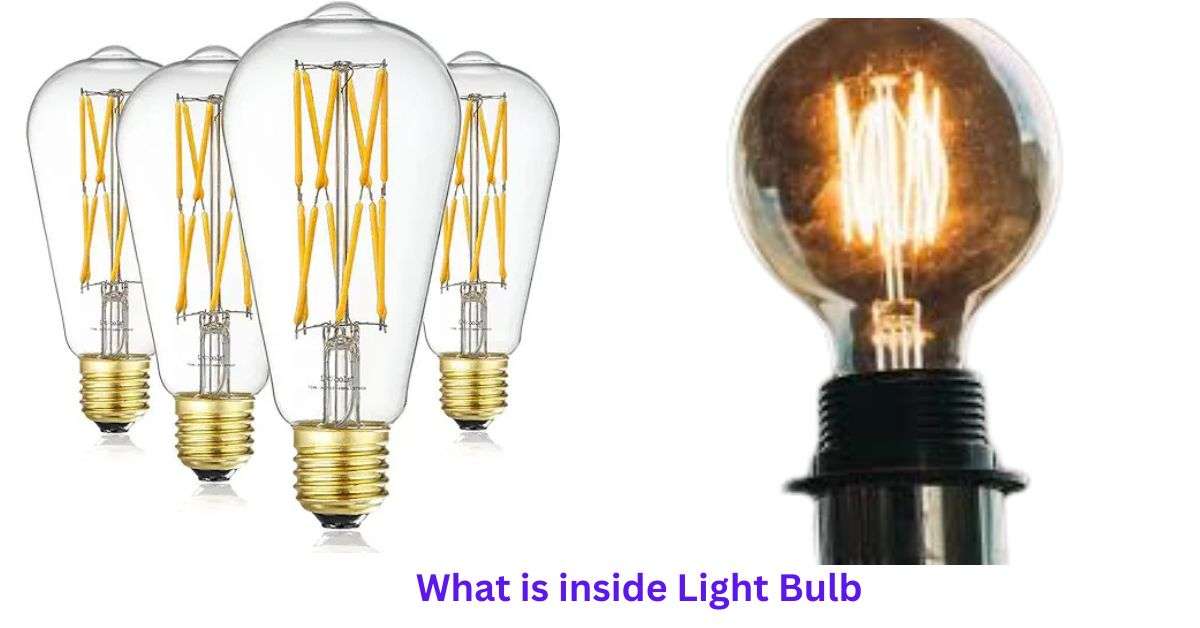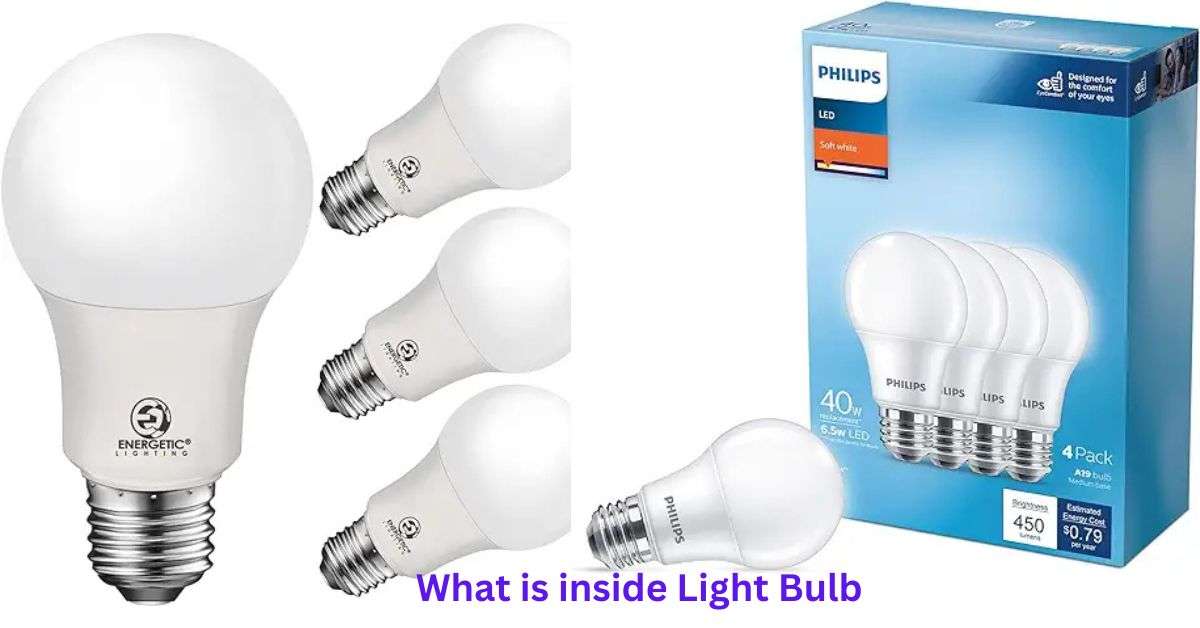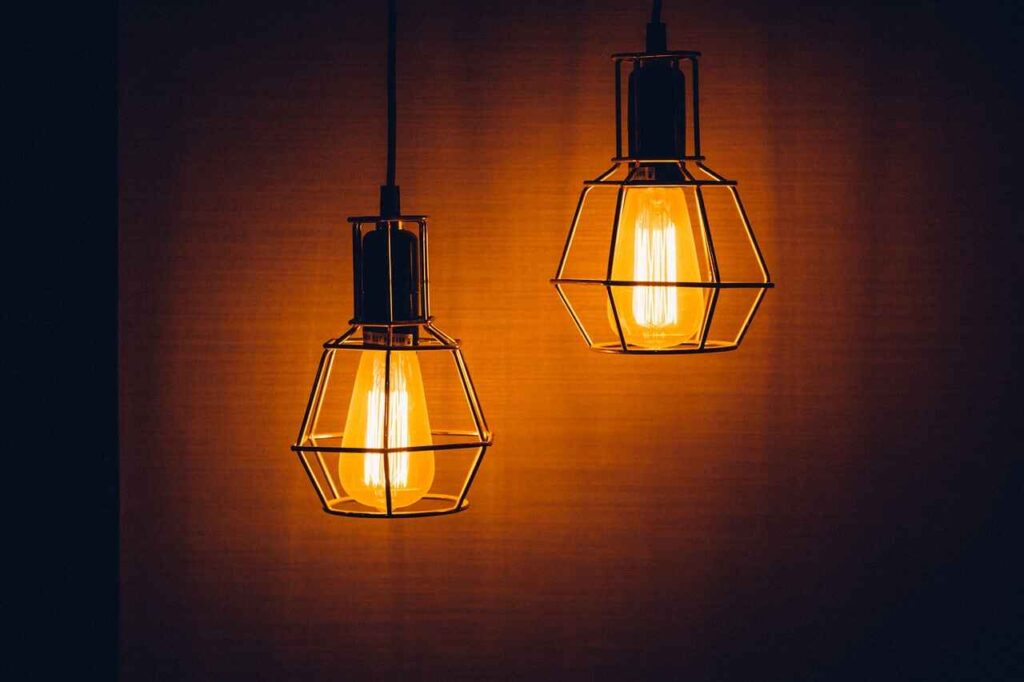Light bulbs are more than just everyday tools for illumination; they are masterpieces of engineering that have transformed how we live. Imagine a world without light bulbs – no warm glow in homes, no brightly lit streets at night, and no productive hours after sunset. Despite their ordinary appearance, light bulbs are intricate devices with fascinating internal mechanisms. Let’s dive into the magic happening inside these everyday wonders!
The Anatomy of a Traditional Incandescent Light Bulb
The incandescent bulb, a classic, is where it all began. Let’s explore its internal structure:
1. Basic Structural Components of Incandescent Bulbs
At its core, the incandescent bulb comprises three main parts: the bulb base, the glass envelope, and the tungsten filament. These components work together to produce that comforting glow.
2. Filament Materials and Composition
The filament, made of tungsten, is the star player. Tungsten is chosen for its high melting point and ability to resist electrical resistance, making it perfect for withstanding extreme heat during light production.
3. How Tungsten Plays a Crucial Role in Light Production
When electricity flows through the filament, tungsten’s electrical resistance causes it to heat up and emit light. This process, called incandescence, produces a warm, familiar glow.
4. Glass Envelope and Its Protective Function
The glass envelope serves two key purposes: it protects the filament from external damage and prevents oxygen from reaching it, which could cause the filament to burn out instantly.
5. Inert Gas Filling and Its Importance
Inside the bulb, an inert gas like argon or nitrogen slows down the evaporation of the tungsten filament, prolonging the bulb’s lifespan.
Modern LED Bulb Construction
LED technology has revolutionized lighting with energy efficiency and durability. Here’s a peek inside:
1. Semiconductor Materials Used in LED Technology
At the heart of an LED bulb is a semiconductor that converts electrical energy into light through electron excitation. This is known as electroluminescence.
2. Circuit Board and Electrical Components
LED bulbs feature a circuit board housing electrical components that regulate voltage and current, ensuring stable light production.
3. Heat Sink Design and Thermal Management
Heat sinks in LED bulbs dissipate heat, ensuring longevity by preventing overheating. Efficient thermal management is critical for performance.
4. Phosphor Coating and Its Role in Color Production
Phosphor coatings are applied to LEDs to produce a range of colors and enhance luminous efficiency. Without this, LEDs would emit only blue or ultraviolet light.
5. Lens and Diffuser Technologies
The lens and diffuser ensure uniform light transmission, reducing glare and improving the bulb’s optical properties.
Inside Fluorescent and CFL Bulbs
Compact Fluorescent Lamps (CFLs) and traditional fluorescent bulbs have unique internal structures:
1. Mercury Vapor and Its Critical Function
Mercury vapor, when excited by an electrical current, emits ultraviolet radiation. This radiation interacts with the phosphor coating, producing visible light.
2. Electrode Composition
Electrodes at each end of the glass tube initiate electron flow, which excites the mercury vapor.
3. Glass Tube Structure
The glass tube contains low-pressure mercury vapor and an inert gas, designed for optimal light production.
4. Phosphor Coating Variations
The type of phosphor coating determines the bulb’s color temperature and color rendering properties.
5. Ballast and Electrical Components
A ballast controls the electrical current in fluorescent bulbs, preventing flickering and ensuring consistent light output.
Specialized Bulb Technologies
As lighting innovation continues, specialized bulbs are taking center stage:
1. Halogen Bulb Internal Mechanisms
Halogen bulbs enhance traditional incandescent technology by adding halogen gas, which helps redeposit evaporated tungsten back onto the filament.
2. Smart Bulb Electronic Integration
Smart bulbs integrate electronic components for Wi-Fi or Bluetooth connectivity, enabling remote control and automation.
3. Color-Changing Bulb Technology
Color-changing bulbs use advanced phosphor coatings and LED technology to produce a spectrum of colors at the push of a button.
4. Energy-Efficient Bulb Innovations
From LED advancements to quantum dot technology, energy-efficient lighting continues to evolve, focusing on reducing power consumption and enhancing luminous efficiency.
Safety and Environmental Considerations
Understanding the environmental and safety implications of light bulbs is crucial:
1. Manufacturing Processes of Light Bulb Components
Light bulb manufacturing involves precise engineering and material science to ensure efficiency and durability.
2. Recycling Challenges and Opportunities
Fluorescent and CFL bulbs contain mercury, making proper recycling essential to minimize environmental harm.
3. Toxic Materials in Different Bulb Types
Some bulbs, like fluorescents, contain toxic substances such as mercury, while LEDs are relatively safer.
4. Environmental Impact of Various Bulb Technologies
LEDs have the least environmental impact due to their long lifespan and energy efficiency, while older technologies contribute more waste and energy consumption.
5. Proper Disposal Methods for Different Bulb Types
Always recycle CFLs and fluorescents at designated centers and dispose of LEDs responsibly to reduce environmental harm.
Conclusion: what is inside light
Light bulbs are marvels of engineering, combining physics, chemistry, and material science to bring light into our lives. From the simple tungsten filament to cutting-edge smart LED designs, these devices have come a long way. By understanding what’s inside, we can make informed choices that brighten our spaces while supporting sustainability.
Ready to illuminate your knowledge? Share this article with fellow tech enthusiasts and lighting lovers! Together, let’s appreciate the tiny engineering miracles that light up our world.
Related articles:
- Are Old Light Bulbs a Fire Hazard? What Homeowners Need to Know
- Is a Flickering Light Bulb Dangerous?
Hi, I’m Malik Suhail—an SEO expert, web designer, and passionate blogger with 2 years of experience. I specialize in crafting content that is not only informative but also tailored to meet the needs of my readers.
I write about diverse topics, always striving to simplify complex ideas and provide valuable insights that resonate with my audience. Whether it’s about SEO strategies, web design trends, or blogging tips, I am committed to delivering well-researched, practical, and easy-to-understand information.
My mission is to help readers navigate the digital world with confidence and clarity. I believe in adding value through authentic content that inspires action and delivers results.


